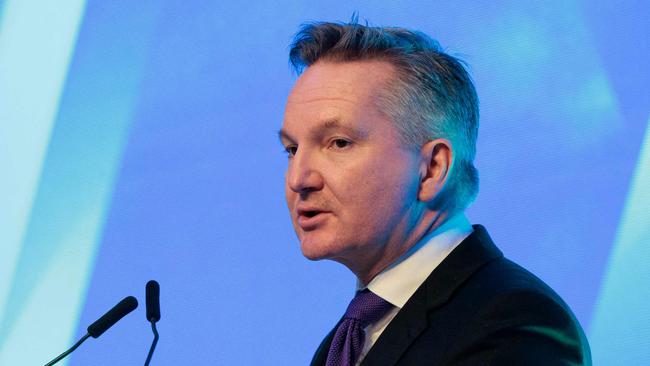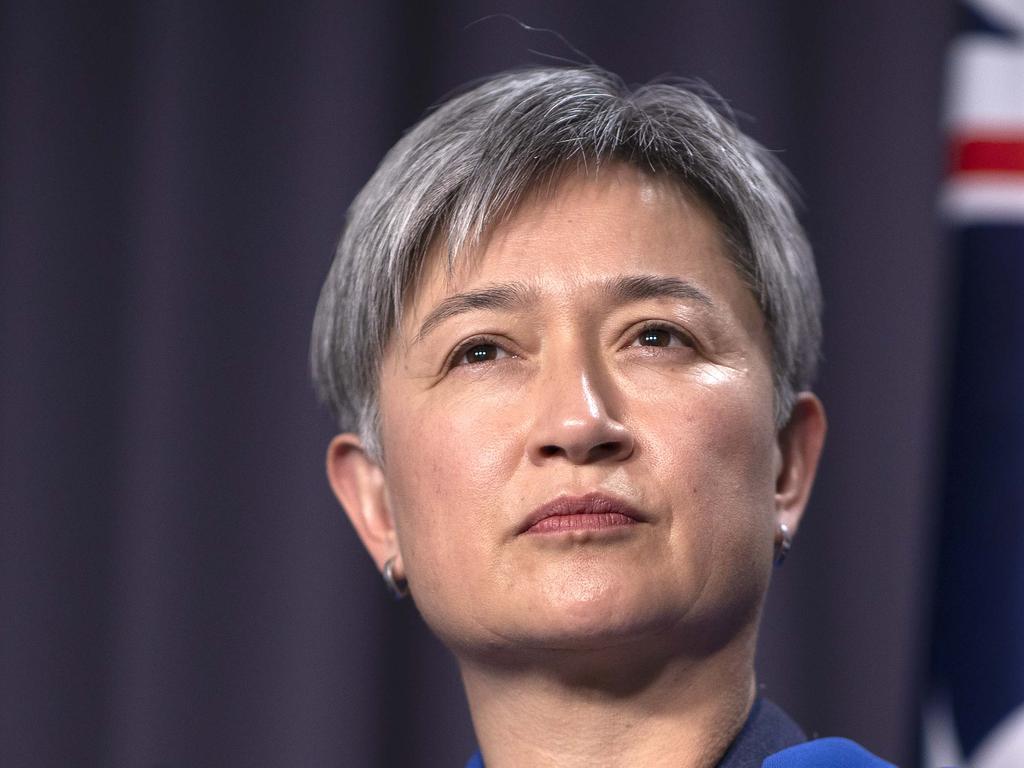Breather for some on carbon cuts in Labor plan
Australia’s high-polluting, trade-intensive industries could have limited access to high-quality international carbon offset credits.

Australia’s high-polluting, trade-intensive industries could have limited access to high-quality international carbon offset credits and offered more flexibility to slash emissions under the Albanese government’s tougher safeguard mechanism regime.
The operators of 215 large industrial facilities – contributing 28 per cent of Australia’s emissions – have been given one month to respond to Climate Change Minister Chris Bowen’s overhaul of the mechanism, which anchors Labor’s 2030 pledge to cut emissions by 43 per cent.
Mr Bowen on Thursday will release a 34-page safeguard mechanism reforms consultation paper, outlining options to fast-track lower pollution baseline targets for mining, chemical, transport and energy companies.
Some of the nation’s biggest emitters could be offered “tailored” options in the final design, implemented from July 1 next year, to allay concerns over the cost of accelerated emissions reduction targets and limited access to low-emissions technologies.
Under Labor’s Powering Australia climate plan, the upgraded safeguard mechanism will deliver a 213Mt cut to greenhouse gas emissions by 2030.
Although baseline decline rates are expected to be between 3.5 and 6 per cent each year, the report said emissions reduction could be lower during the initial two-year transition period before ramping up from 2025.
Current definitions suggest nearly 80 per cent of covered emissions and over half or 118 of all safeguard facilities could be classified as emissions intensive and trade-exposed industries with broad exemptions potentially undermining climate change goals.
The existing Clean Energy Regulator scheme captures the facilities of mining, chemical, transport and energy companies with scope-1 emissions above 100,000 tonnes of carbon dioxide equivalent a year.
The Minerals Council of Australia has warned the Albanese government against adopting a “one size fits all” safeguard mechanism amid concerns that exporters could be left behind by international competitors. Whitehaven Coal chief executive Paul Flynn has warned that Labor’s plan to drive down emissions in the industrial sector was a “carbon levy by stealth”.
With some industries expected to take longer to electrify operations, Mr Bowen is considering a “facility by facility approach” allowing the baseline trajectory for some companies to match “available and emerging technologies”.
The tailored approach will be “based on the principle of comparative impact” to minimise pressure on mining companies who are driving economic growth on the back of record coal, LNG and iron ore exports.
“(This will help) ensure businesses are not competitively disadvantaged, and that emissions do not ‘leak’ overseas. This could include a facility-specific approach that targets estimated cost impacts at the facility level,” the paper says.
Mr Bowen, who is expected to finalise the government’s plan within four to six months, said high-emitting companies, many with their own net zero emissions by 2050 targets, must get on board to drive emissions 43 per cent below 2005 levels by 2030.
“I have often said that the world’s climate emergency is Australia’s jobs opportunity, and a revamped safeguard mechanism will help Australian industry cut emissions and remain competitive in a decarbonising global economy,” he said.
“The Department of Climate Change has released two options for companies to consider, both including access to offset credits and trading markets.
“We would only consider international offsets in the safeguard mechanism if the units are of high integrity and the mitigation outcome can be formally transferred to count towards Australia’s Paris Agreement commitments.
“Limits on the use of such international offsets may also be appropriate, so they do not become a mechanism to avoid transforming our domestic economy.”
The addition of international offsets, which would require legislative changes and not feature in the initial enhanced mechanism, could complement government plans to develop regional carbon markets through the Indo-Pacific carbon offsets scheme.







To join the conversation, please log in. Don't have an account? Register
Join the conversation, you are commenting as Logout